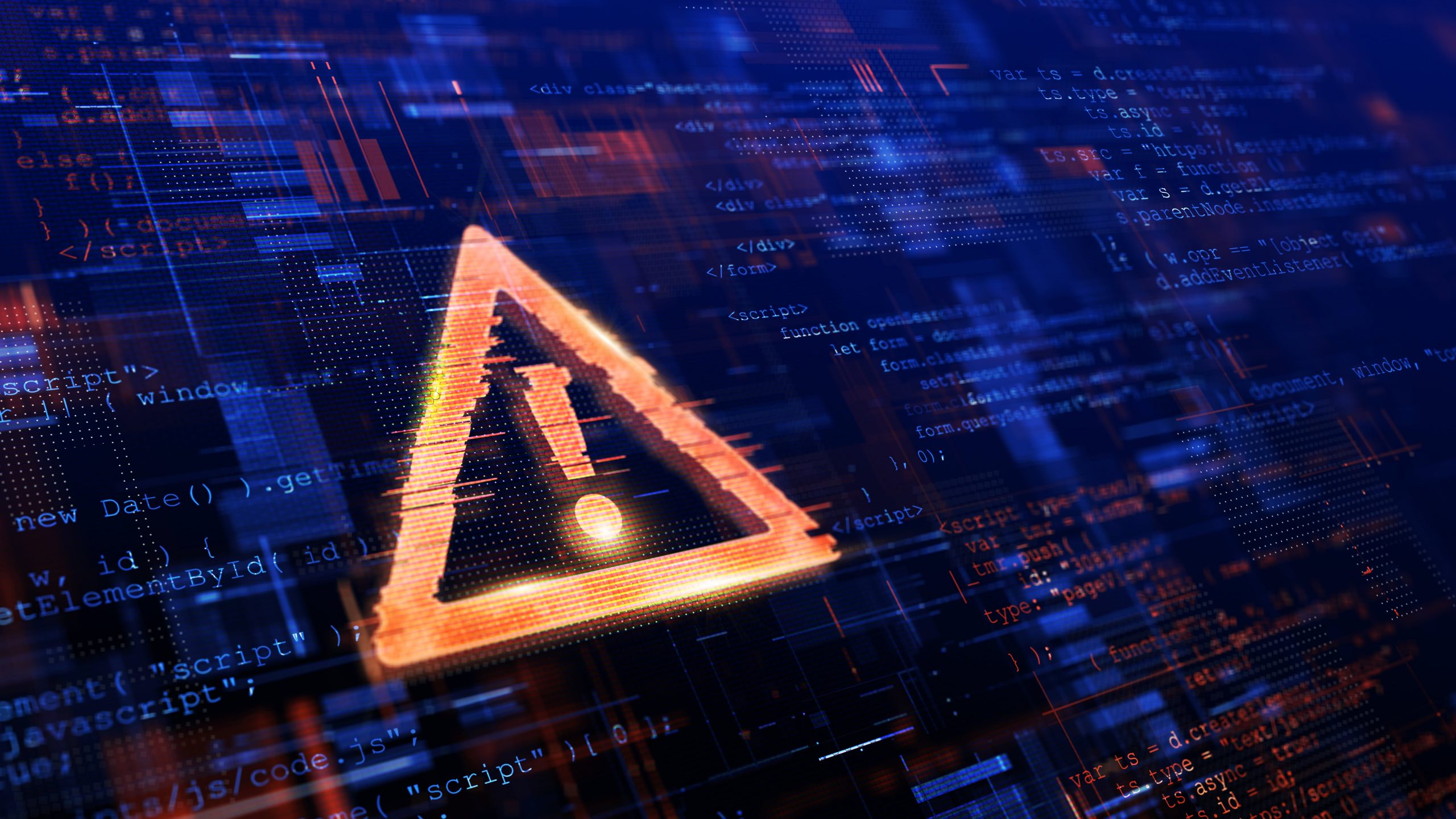With support solutions for the home and office, My Computer Works is here to help you get back to your life.
4 Tips To Protect Schools From A Cyber Attack

Schools have a set of responsibilities that most people probably never consider.
Beyond educating children, they are also charged with keeping those children safe, with keeping them healthy, protecting their privacy and protecting their personal information.
Consider the information parents provide for registration and enrollment, for athletics and for the nurse’s office. It’s extensive.
Schools themselves can’t manage all that alone, which means they rely on the districts or institutions at large to establish protocols and procedures that need to be followed, and develop reliable policies and practices that creates a far-reaching safety net touching every school and protecting every student.
Because cyber attacks are a real threat.
According to a Department of Education report, which cites the Privacy Rights Clearinghouse, nearly 800 data breaches have occurred at K-12 and higher education institutions since 2005. Those breaches compromised the data of more than 14.8 million records.
Cyber attacks on schools can target individuals or groups of people, but they can also target systems, such as IT networks. Both are undesirable and both are costly. Some of the most common cyber attacks against schools, according to the Federal Bureau of Investigation (FBI) and the Department of Defense, include data breaches, denial of service designed to overload and shut a website down, phishing, and malware and ransomware.
So, how do schools prevent or protect against cyber attacks? According to experts, there are a few steps that can be taken as part of a preparedness initiative to reduce a school or a school district’s exposure to cyber attacks.
Develop policies that promote protection.
Experts encourage schools and educational institutions to develop a responsible use policy that employees and students are required to adhere to. That policy would outline rules regarding proper use of technology or networks and take into account local, state and federal regulations regarding privacy, data storage and information security.
Secure valuable data.
Schools are already bound by the requirements of the Family Educational Rights and Privacy Act (FERPA), but systems need to be in place to ensure that the data is stored securely. Cloud-based networks make information sharing easier, so security is even more important to remain in compliance. It’s also important for districts and educational institutions to back up their data regularly.
Establish firewalls.
Districts and educational institutions, according to experts, should create reliable firewalls to guard against intrusion by unauthorized users. In addition, the list of people who are approved to access valuable data being stored by a school or district should be reviewed and updated regularly to avoid any mistaken permissions.
Set up constant monitoring.
School districts and higher education institutions are encouraged to set up a continuous monitoring system to guard against cyber attacks, whether that is handled internally, with a data security firm or with assistance from the U.S. Department of Homeland Security. Further, experts suggest that districts and educational institutions invest in cyber insurance, since commercial liability insurance doesn’t generally cover the consequences of a cyber attack.
Contact us to learn more about how our computer experts can offer you ongoing support for any issues you’re experiencing!

